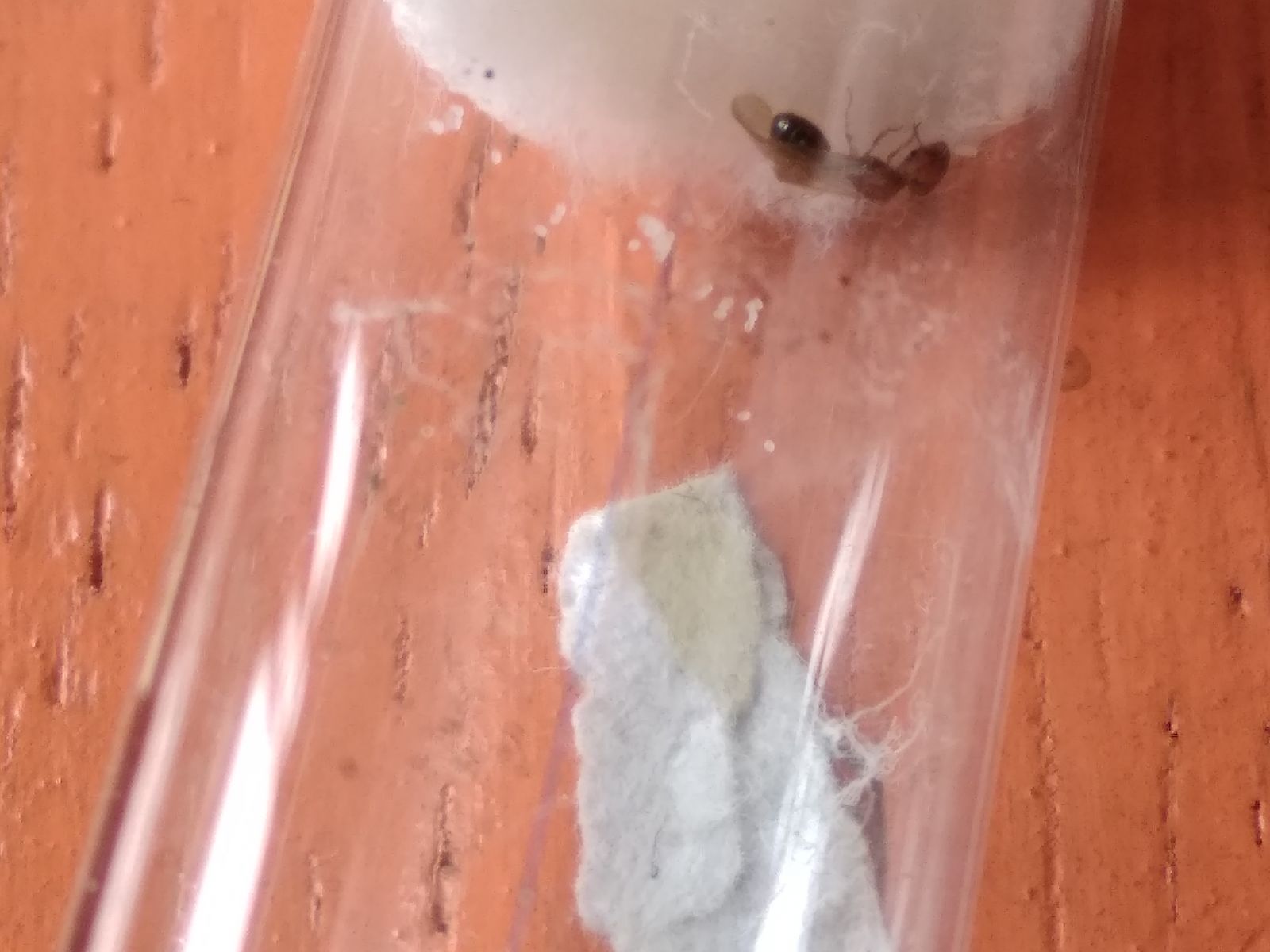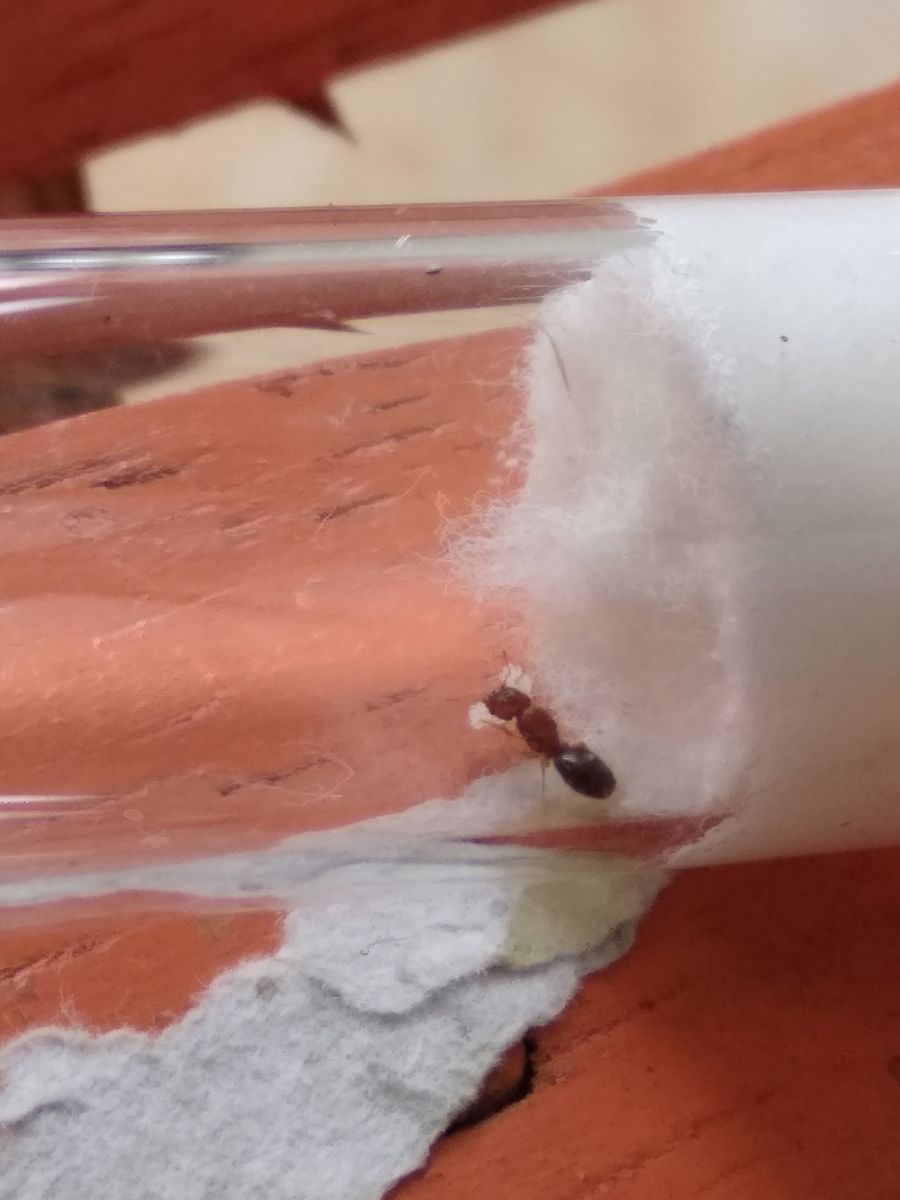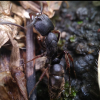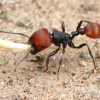1. Location (on a map) of collection: home
2. Date of collection: 31 jan 2018, night
3. Habitat of collection: 1 from dinning table, 1 from teras
4. Length (from head to gaster): around 3mm
5. Color, hue, pattern and texture: brown and abdomen darker
6. Distinguishing characteristics: can't see it well, too small
7. Distinguishing behavior:
8. Nest description: NA
9. Nuptial flight time and date:


two different queen but i think it same species




















